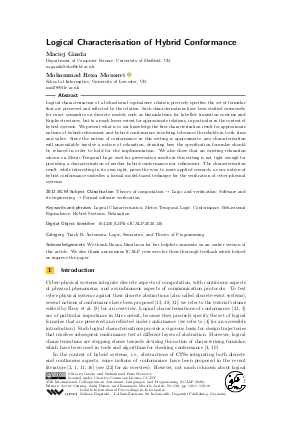LIPIcs.ICALP.2020.130.pdf
- Filesize: 0.67 MB
- 18 pages

 Creative Commons Attribution 3.0 Unported license
Creative Commons Attribution 3.0 Unported license









Feedback for Dagstuhl Publishing